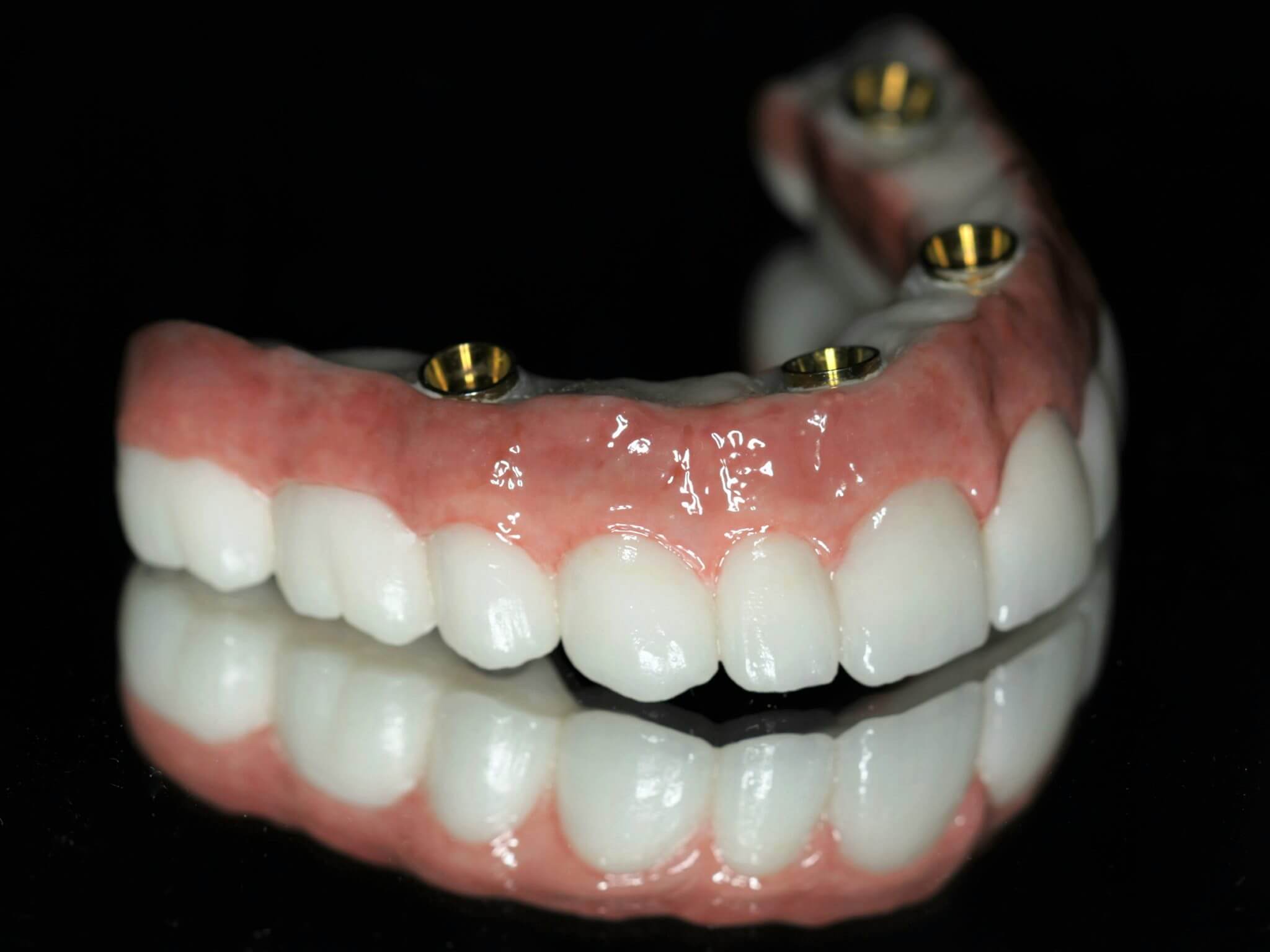The 10-Second Trick For Dental Sense
The 10-Second Trick For Dental Sense
Blog Article
Top Guidelines Of Dental Sense
Table of ContentsExcitement About Dental SenseThe smart Trick of Dental Sense That Nobody is Talking AboutThe Single Strategy To Use For Dental SenseThe Greatest Guide To Dental Sense
are clinical gadgets operatively implanted right into the jaw to bring back a person's ability to eat or their look. They give support for synthetic (phony) teeth, such as crowns, bridges, or dentures. When a tooth is shed due to injury or disease, an individual can experience problems such as rapid bone loss, faulty speech, or changes to eating patterns that lead to discomfort.Oral implant systems consist of a dental implant body and dental implant abutment and might also include an abutment fixation screw. Dental veneers cost. The oral implant body is operatively put in the jawbone in location of the tooth's origin. The oral implant joint is usually connected to the implant body by the joint fixation screw and expands with periodontals right into the mouth to support the affixed fabricated teeth
(https://www.pageorama.com/?p=dentalsense1)Framework of The Oral Implant System picking oral implants, speak with your dental provider about the potential benefits and dangers, and whether you are a prospect for the treatment. Points to take into consideration: Your total health and wellness is a vital element in identifying whether you are an excellent prospect for dental implants, how much time it will require to heal, and how much time the implant might remain in place.
Smoking cigarettes may influence the healing process and lower the long-lasting success of the dental implant. The healing procedure for the implant body might take a number of months or longer, throughout which time you generally have a short-term abutment in place of the tooth. the oral implant procedure: Meticulously comply with the dental hygiene instructions offered to you by your oral provider.
Some Known Details About Dental Sense
Implant failing can cause the demand for an additional operation to fix or change the dental implant system. Restores the capacity to chew Brings back aesthetic look Assists maintain the jawbone from shrinking because of bone loss Preserves the health of the bordering bone and periodontals Aids maintain nearby (neighboring) teeth secure Enhances lifestyle Damage to surrounding all-natural teeth throughout implant placement Injury to the surrounding cells throughout surgical procedure, such as sinus opening Injury during surgical treatment (as an example, crack of bordering jawbone) Inadequate feature, such as seeming like the teeth do not attack with each other normally A sensation that the tooth hangs or turning in place resulting from a joint screw loosening up Implant body failing (looseness of the implant body) as a result of systemic infection, which might be more probable in clients with uncontrolled diabetes mellitus due to regional infection in bone and gums sustaining the implant body due to postponed healing, which might be extra likely in patients that smoke Problem cleansing the gums around the implant, causing inadequate dental hygiene Without treatment gum illness Post-surgical pins and needles because of nerve impingement or damages Constantly notify wellness treatment providers and imaging professionals that you have oral implants before any kind of magnetic resonance imaging (MRI) or x-ray procedures.
FDA is not knowledgeable about any type of damaging occasions reported for MRI or x-ray treatments with dental implants. Oral implants systems are normally constructed from products that comply with worldwide consensus criteria of the International Organization for Standardization (ISO) or ASTM International. These standards have information of what makes a risk-free product.

A dental implant is a framework that replaces a missing tooth. With screw-like gadgets, the specialist inserts an implant right into the jawbone, and it serves as a support for a fabricated tooth, called a crown. A device called a joint connects the fabricated tooth to the dental implant. The crown is personalized to fit the person's mouth and match the shade of their teeth.
Dental Sense Fundamentals Explained
Some people are not eligible for oral implant surgery. It is for dental specialists to run on people with: severe illnessuncontrollable metabolic diseasebone or soft cells illness or infectionIf these concerns are solved, a person can have the surgery. In, oral doctors avoid running on people with: If individuals with any of the above undergo oral implant surgical procedure, there is a higher danger of the dental implant falling short.

Dental dental implant surgery is a personalized process. It's not the exact same for every person. However the following gives a basic summary of what you can expect your dental professional, dental doctor, periodontist or prosthodontist to do: Position the dental implant surgically. Give you time to heal. Affix the post and last crown, bridge or denture.
Next off, your specialist will very carefully put the dental implant right into your jaw. If your dental implant is near the front of your mouth, your dental practitioner will make a temporary tooth for you to put on up until you recover.
About Dental Sense
Your service provider can inform you what to anticipate in your circumstance. Throughout the recovery stage, your jawbone should fuse to the dental implant. This procedure, called osseointegration, is essential for security and lasting success. This procedure can take anywhere from 3 to nine months. In many cases, it may take longer.
As soon as your implant heals, your dentist can attach the abutment (small port message) and your last reconstruction (crown, bridge or denture). This usually takes about one hour to complete and might call for a second small surgical treatment. You shouldn't really feel any pain throughout your dental implant treatment because your supplier will certainly utilize medication to numb your periodontals.
Report this page